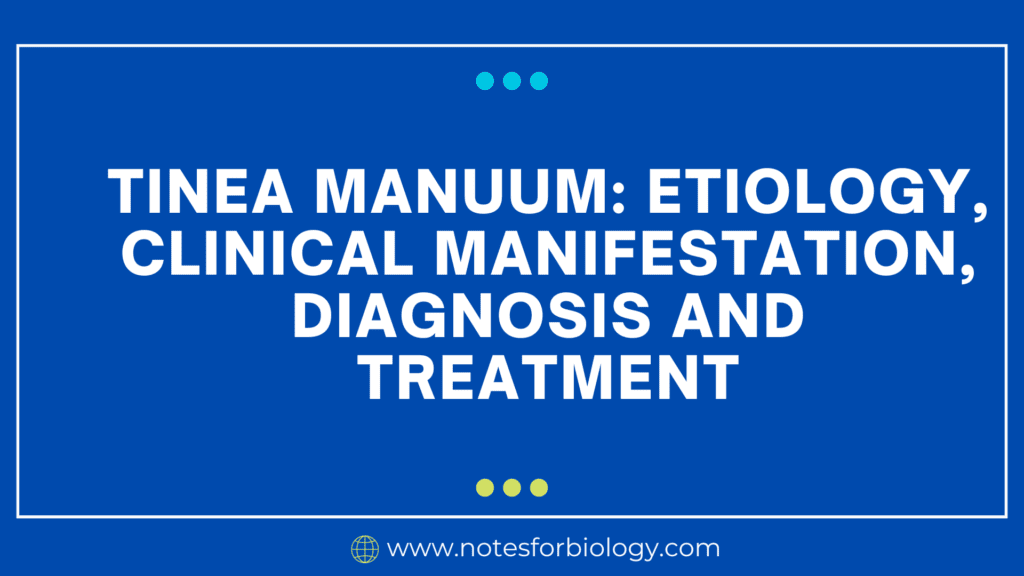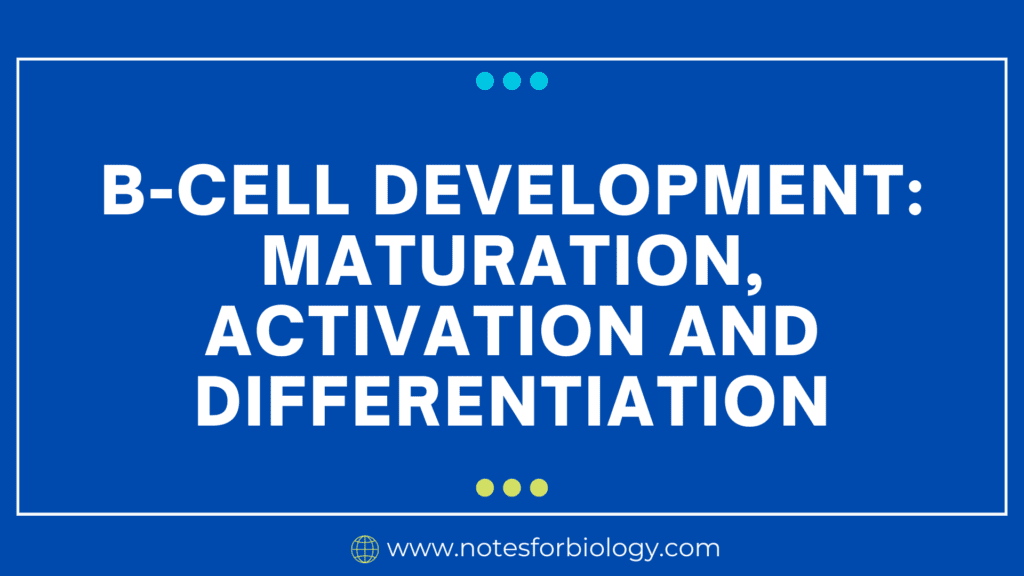Tinea cruris: etiology, clinical manifestation, diagnosis and treatment
Tinea cruris, commonly known as “jock itch,” is a fungal infection that affects the groin area. It is part of a group of fungal skin infections called Dermatophytosis, or ringworm, which can affect various parts of the body. Tinea cruris specifically targets the skin of the inner thighs, buttocks, and genital area. Tinea cruris Tinea […]
Tinea cruris: etiology, clinical manifestation, diagnosis and treatment Read More »










